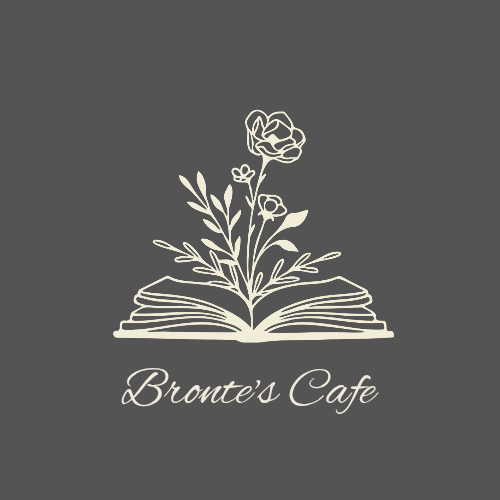At Bronte’s Cafe, we believe that great literature isn’t just read—it’s experienced. The pages of classic historical novels don’t simply recount the past; they breathe life into it, offering us windows into the triumphs, tragedies, and intimate details of lives long gone but not forgotten. Whether you’re drawn to the tumult of revolution, the subtleties of society, or the quiet endurance of the human spirit, these historical classics offer depth, perspective, and timeless insight.
Here are a few of the finest historical novels that continue to stir readers’ hearts and minds across generations:
1. War and Peace by Leo Tolstoy
Published: 1869
Setting: Napoleonic Wars, early 19th-century Russia
This sweeping epic blends war, philosophy, and romance. Tolstoy’s genius lies in his ability to juxtapose the macro—battlefields, politics, history—with the micro—intimate portraits of love, family, and internal struggle. Despite its length, it’s an immersive experience that rewards patience with profound insight.
2. A Tale of Two Cities by Charles Dickens
Published: 1859
Setting: London and Paris during the French Revolution
With its iconic opening line and unforgettable closing sacrifice, this novel captures the chaos and contradictions of revolution. Dickens contrasts love and violence, justice and vengeance, in a way that resonates deeply today. Sydney Carton’s redemption arc remains one of literature’s most poignant.
3. The Scarlet Letter by Nathaniel Hawthorne
Published: 1850
Setting: 17th-century Puritan Massachusetts
Hawthorne’s dark romance explores sin, guilt, and grace within a rigid society. Hester Prynne, marked by the infamous scarlet “A,” becomes a symbol of resilience and quiet rebellion. The novel also interrogates the hypocrisy of societal norms—a theme that feels just as urgent now as it did then.
4. Les Misérables by Victor Hugo
Published: 1862
Setting: Early 19th-century France, post-Napoleonic era
Few books delve as deeply into the soul of society as Les Misérables. Hugo’s tale of redemption, injustice, and revolution offers an emotional journey through the lives of unforgettable characters like Jean Valjean and Fantine. It’s grand, emotional, and morally rich.
5. The Hunchback of Notre-Dame by Victor Hugo
Published: 1831
Setting: 15th-century Paris
Beyond its famous Gothic cathedral and tragic figures, this novel is Hugo’s ode to architecture, justice, and compassion. The love stories are complicated, the characters flawed, but the atmosphere is hauntingly beautiful—a novel that lingers long after the final page.
6. I, Claudius by Robert Graves
Published: 1934
Setting: Ancient Rome, from Julius Caesar’s assassination to Caligula’s reign
A fictional autobiography of Emperor Claudius, this novel reads like a memoir of palace intrigue, betrayal, and survival. Graves masterfully combines historical fact with creative interpretation, making ancient Rome feel astonishingly real.
7. Wuthering Heights by Emily Brontë
Published: 1847
Setting: Yorkshire moors, late 18th to early 19th century
Though often shelved with Gothic romance, Wuthering Heights is also a historical portrait of passion, inheritance, and class structure. Brontë’s wild, windswept setting and emotionally volatile characters make it a visceral experience—timeless and turbulent.
Why Read Historical Classics Today?
Historical classics remind us that while times change, the human heart does not. We see ourselves in the characters’ flaws and hopes. These stories challenge us to reflect, to empathize, and to consider how history has shaped—and continues to shape—our world.
Whether you’re revisiting a beloved title or discovering it for the first time, let these novels guide you into conversations across centuries.
Join the Conversation:
Which historical classic has left a mark on your heart? Have any of these stories shaped the way you see the past—or the present? Share your thoughts in the comments below or tag us on Instagram at @brontes.cafe.
Until next time, may your tea stay warm and your books transport you.

Leave a Reply